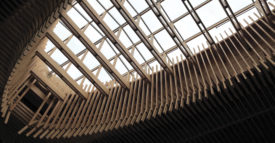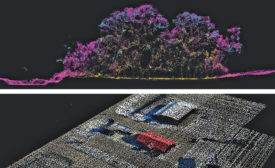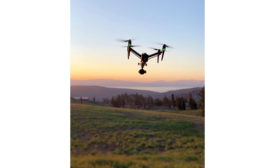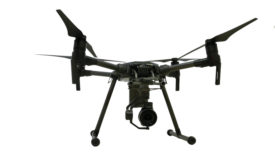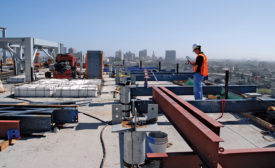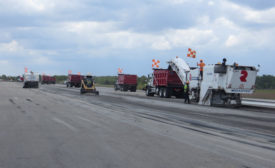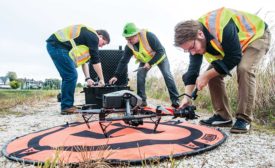Home » Keywords: » Drones
Items Tagged with 'Drones'
ARTICLES
Technology
DroneDeploy Acquires Structionsite, Promises Integrated Reality Capture
Combined firm will offer both ground and aerial site documentation
Read More
Airport Infrastructure
Trump Signs FAA Bill With New Discretionary Construction Grants
AGC says new budget deal, post-2019 appropriations still needed
Read More
The latest news and information
#1 Source for Construction News, Data, Rankings, Analysis, and Commentary
JOIN ENR UNLIMITEDCopyright ©2024. All Rights Reserved BNP Media.
Design, CMS, Hosting & Web Development :: ePublishing
